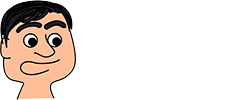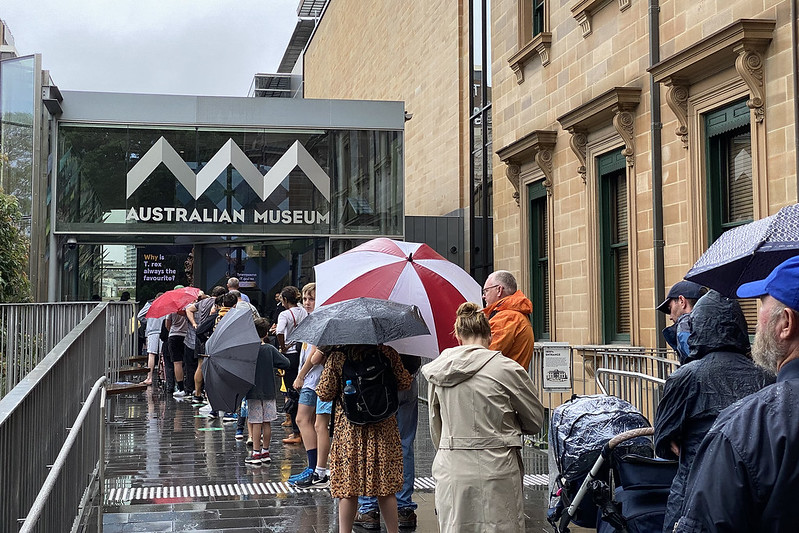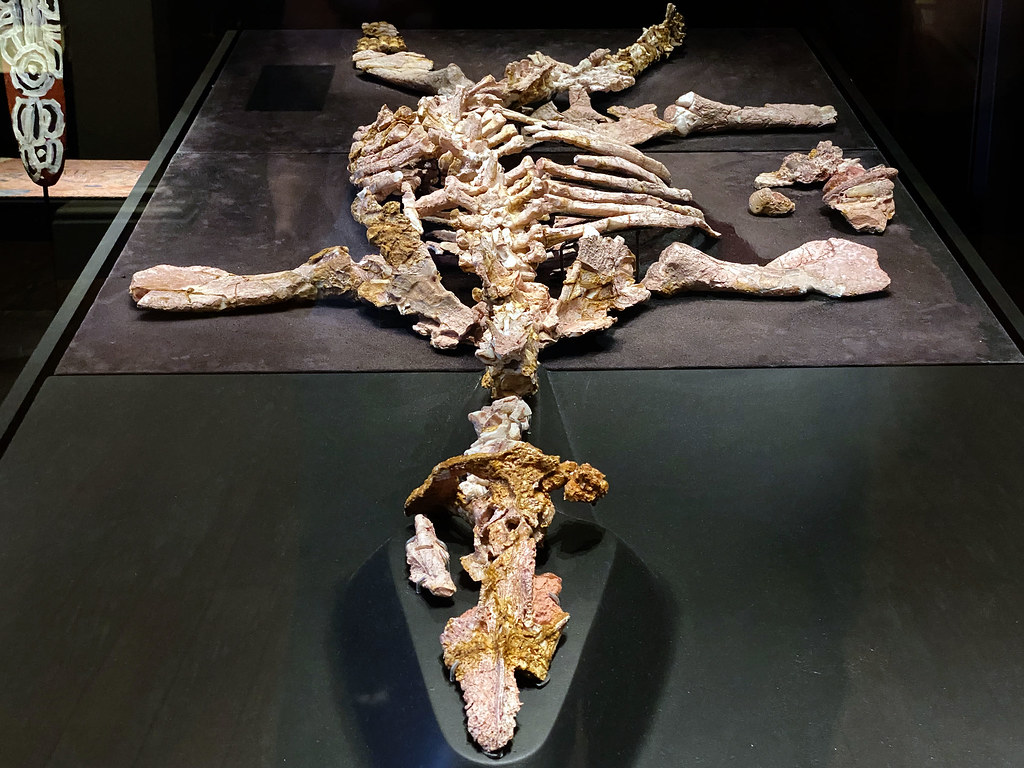I had a strange dream about baseball last night. I was part of an amateur Australian team who had travelled to the USA to play one of the professional Major League teams. The pro team was so much better than us that one of their batters scored 64 runs in one at-bat. Not a whole inning, just one at-bat (I know this is impossible by the rules of baseball, but nonetheless). The team figured this was plenty of runs, so they didn’t bother finishing their inning and let us bat (again, against the rules of baseball as far as I know).
I was now up to bat. The pitcher threw a ball, then another ball, with me being savvy enough not to swing the bat. The pitcher indicated to me that this next pitch would be right over the plate, so I better swing at it. He threw it well wide, and again I didn’t swing, and the umpire called it a ball.
I said, “As if I’d swing at a pitch like that!”
At this, the other team took offence and walked off the field, refusing to play because of this deathly insult. I was forced to apologise to the pitcher, the opposing coach, and to their entire team, before they would agree to continue playing.
Now, I know baseball and I know this is all extremely unrepresentative of how it’s actually played, but it in the world of dream logic it seems this was all perfectly reasonable. The dream ended at that point, so I don’t know what happened next.
After waking up and having breakfast, I took a train into the city to visit The Australian Museum, the largest museum of natural history in Australia. The’ve been closed for 15 months for major renovations, and only reopened a couple of weeks ago. I wanted to go check it out before summer holidays start for the schoolkids.
It was a rainy day, but that’s no problem. There was a considerable queue to get in ten minutes before opening time. Entry used to cost money for the past couple of decades or so (it was free when I was a kid), but it’s now free again after the reopening. They had a special exhibit on dinosaurs for which you had to pay, and most of the visitors today were going in there first, so I had a very empty remainder of the museum to walk around in.
The First Nations gallery (above) has many examples of cultural artefacts from Aboriginal peoples and Torres Straits Islanders.
This T. rex skeleton is part of the free permanent exhibits on dinosaurs, not part of the special paid exhibit on dinosaurs (that I didn’t see).
This is the Long Gallery, which was one of the original display galleries in the museum. I remember coming in here when I was a child, and this was always the most exciting part of the museum.
This is very cool. It’s the fossilised skeleton of a pliosaur, from the early Cretaceous period, about 110 million years ago. But it was fossilised in the place that would later become Coober Pedy, South Australia, which is one of the largest opal fields in the world. The same geological processes that created opals here mineralised the skeleton, turning it into opal.
Honestly, I was expecting more from the refurbishment, especially after more than a year. I’d assumed they were doing major construction work of some sort, but nearly all of the rooms and galleries were pretty much as I remembered, and even most of the exhibits were the same ones I’d seen many times in the past. What they’d done is given the whole museum a thorough cleaning and a new modern look – removing old faded signs, dusty cabinets, etc, and replacing them with brand new fittings. So it’s all shiny and new, but generally mostly the same stuff behind it. The did remove the old special exhibition space from what was a courtyard in the original building but is now enclosed space – it’s now a spacious interior foyer space. I didn’t see the new special exhibition space on the lower floors, so I suppose maybe that’s all new.
Anyway, it was fun looking around, and great to get free entry again to one of the best museums in the country!
New content today:






The view of the long gallery looks remarkably like the National Museum of Scotland, which has also recently been closed for a lengthy remodel. Admittedly, we don’t have an opal pliosaur.
https://www.nms.ac.uk/explore-our-collections/films/tour-the-national-museum-of-scotland-on-google-streetview/
Obviously there was a fashion in museum design.
Cheers,
Graham